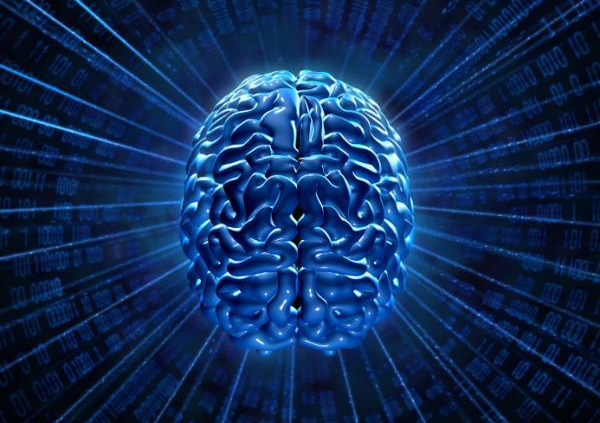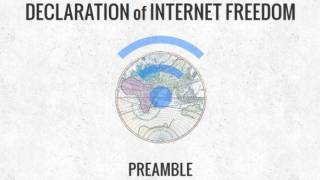Brain's Wiring: More Like the Internet Than a Pyramid?
Source: sciencedaily.com

New research suggests that the distributed network of the Internet may be a better model for the human brain than a top-down hierarchy.
The brain has been mapped to the smallest fold for at least a century, but still no one knows how all the parts talk to each other.
A study in Proceedings of the National Academy of Sciences answers that question for a small area of the rat brain and in so doing takes a big step toward revealing the brain's wiring.
The network of brain connections was thought too complex to describe, but molecular biology and computing methods have improved to the point that the National Institutes of Health have announced a $30 million plan to map the human "connectome."
The study shows the power of a new method for tracing brain circuits.
USC College neuroscientists Richard H. Thompson and Larry W. Swanson used the method to trace circuits running through a "hedonic hot spot" related to food enjoyment.
The circuits showed up as patterns of circular loops, suggesting that at least in this part of the rat brain, the wiring diagram looks like a distributed network.
Neuroscientists are split between a traditional view that the brain is organized as a hierarchy, with most regions feeding into the "higher" centers of conscious thought, and a more recent model of the brain as a flat network similar to the Internet.
"We started in one place and looked at the connections. It led into a very complicated series of loops and circuits. It's not an organizational chart. There's no top and bottom to it," said Swanson, a member of the National Academy of Sciences and the Milo Don and Lucille Appleman Professor of Biological Sciences at USC College.
The circuit tracing method allows the study of incoming and outgoing signals from any two brain centers. It was invented and refined by Thompson over eight years. Thompson is a research assistant professor of biological sciences at the College.
Most other tracing studies at present focus only on one signal, in one direction, at one location.
"[We] can look at up to four links in a circuit, in the same animal at the same time. That was our technical innovation," Swanson said.
The Internet model would explain the brain's ability to overcome much local damage, Swanson said.
"You can knock out almost any single part of the Internet and the rest of it works."
Likewise, Swanson said, "There are usually alternate pathways through the nervous system. It's very hard to say that any one part is absolutely essential."
Swanson first argued for the distributed model of the brain in his acclaimed book Brain Architecture: Understanding the Basic Plan (Oxford University Press, 2003).
The PNAS study appears to support his view.
"There is an alternate model. It's not proven, but let's rethink the traditional way of regarding how the brain works," he said.
"The part of the brain you think with, the cortex, is very important, but it's certainly not the only part of the nervous system that determines our behavior."
The research described in the PNAS study was supported by the National Institute of Neurological Disorders and Stroke in the National Institutes of Health.
Source: sciencedaily.com






















